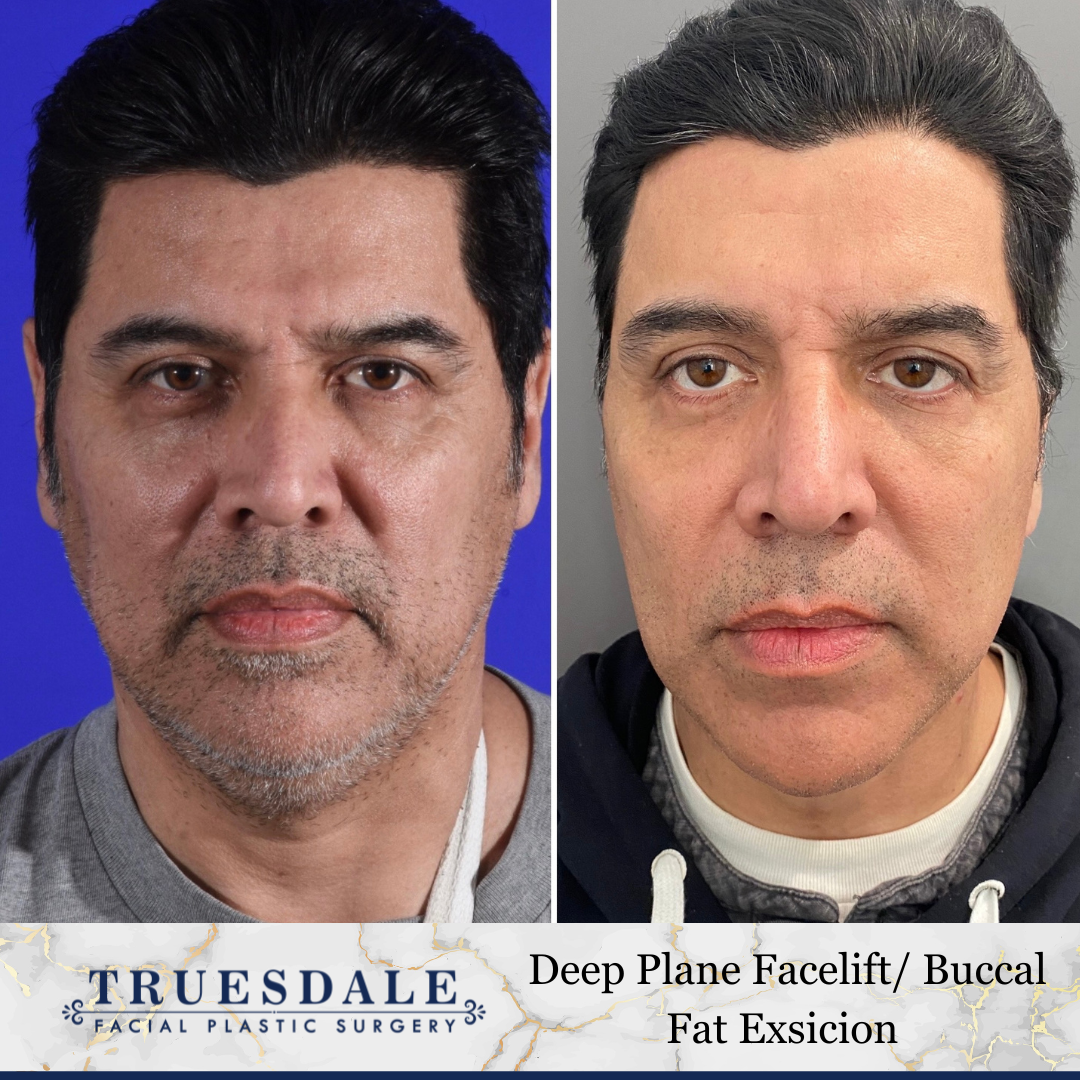Scheduled Your Facelift Surgery with Dr. Truesdale?
Congratulations for scheduling your surgery with Dr. Truesdale in Beverly Hills. This page provides information to prepare for your upcoming surgery. If you are at a different stage in your facelift journey, click one of the links below:
Haven’t scheduled your consultation yet?
Click here to see if facelift surgery is right for you.
Haven’t gone to your consultation yet?
Click here for pre-consult guidance.
Already had surgery?
Click here for post procedure instructions.

As Seen On





Preparing for your procedure
Most facelifts are done under deep sedation. If your procedure is scheduled for sedation or to be performed under anesthesia, we require confirmation of the following (via email or fax) 2 weeks before your procedure:
- All patients must have PT/PTT, CBC, and BMP lab work performed by their primary care physician (PCP) or an urgent care provider
- Additionally, all patients 45 and over must have a full physical examination, an EKG, PT/PTT, CBC, BMP lab work and a letter of medical clearance from their PCP or an urgent care provider stating that they are healthy enough to undergo elective facial plastic surgery. These items must be performed within three (1) months before the date of surgery.
- Send your results to the office by fax or email:
- Fax: 1-310-294-5595
- Email: backoffice@doctortruesdale.com
If you and Dr. Truesdale determined that you will not use anesthesia (also known as a “local” procedure), then you do not need to have any pre-operative clearance.
What to Expect During Surgery
Where Will Surgery Take Place?
Surgery will take place at an accredited operating room in Beverly Hills. Our Practice Manager, Maria, will provide you with detailed location information and pre-op instructions for the day-of surgery.
Where are the Facelift Incisions Located?
Dr. Truesdale hides his incisions inside the hair and inside the ear cartilage (not on the face). After surgery, these incisions result in minimal scarring that is very difficult to see. They blend in perfectly with the hairline and the natural folds of the ears.
How Long Will Facelift Surgery Take?
The length of surgery varies based on each patient’s situation and goals. A facelift typically takes between three to five hours to complete. A facelift is generally performed while you are in a sleep-like state during the surgery. We typically prefer to perform the facelift surgery with an “awake” anesthetic technique, using local anesthesia and other pain management methods such as Valium or laughing gas. If you are not a candidate for an awake facelift, we will use deep sedation methods which may include general anesthesia.
What Happens During Facelift Surgery?
Dr. Truesdale’s facelift technique involves the freeing of the facial muscle layer and neck muscle (platysma) to lift as one sheet vertically. The skin and muscle move together and avoids the need to separate the skin from the muscle to allow the most natural, long lasting outcome with the least amount of downtime possible. The muscle (SMAS) is completely released from the ligaments in the face and neck which allow vertical movement of the tissues of the face. The muscle is secured and skin trimmed. He may also perform liposuction to remove fat from the neck, or fat grafting to add fat into the face for natural volume restoration.
How Long Will Facelift Surgery Take?
The length of surgery varies based on each patient’s situation and goals. A facelift typically takes between three to five hours to complete. A facelift is generally performed while you are in a sleep-like state during the surgery. We typically prefer to perform the facelift surgery with an “awake” anesthetic technique, using local anesthesia and other pain management methods such as Valium or laughing gas. If you are not a candidate for an awake facelift, we will use deep sedation methods which may include general anesthesia.
WATCH:What to Expect After a Facelift with Dr. Truesdale
What to Expect After Surgery
Prepare to have help getting out of bed for the first evening.
You will also be asked to frequently apply ice compresses to the face while you are awake.
Patients should arrange to have a family member, close friend, or caretaker provide them transportation to and from the surgery. You should also prepare to have overnight care for the first night.
Compression garments will be wrapped around the face and head to support healing. You will likely feel some swelling, bruising, and tightness around the dressing, as well as swelling of your eyes.
Plan to rest for the remainder of the day after surgery. Sleep on your back, with your head elevated.
